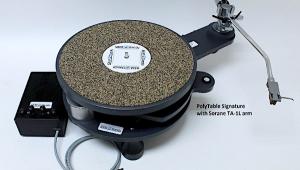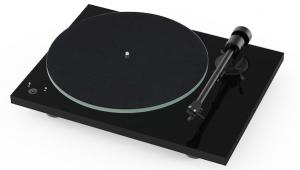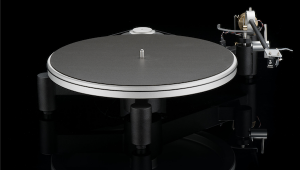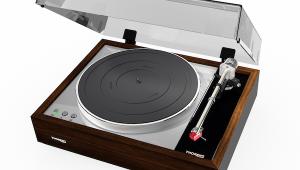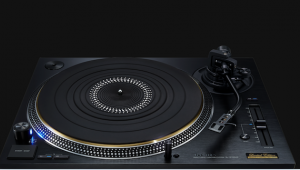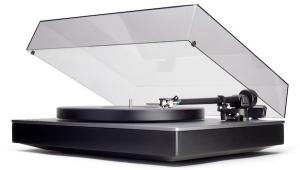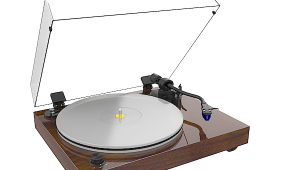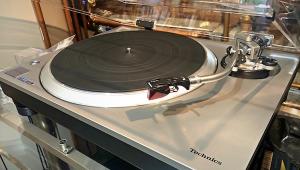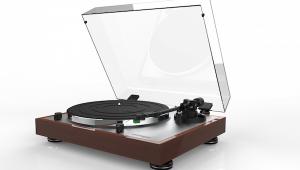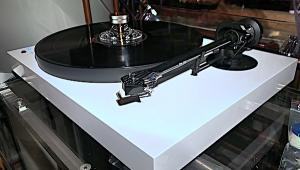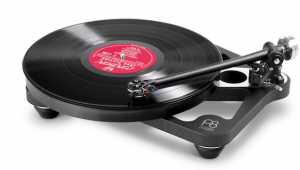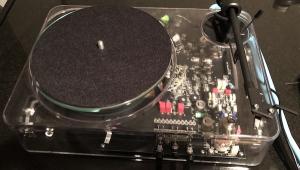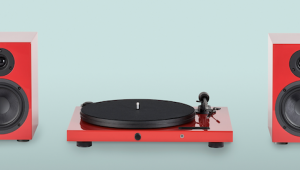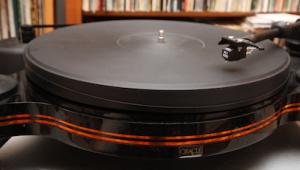Challenge yourself to master the art of drifting in Drift Hunters ' challenging single-player mode.
Grand Prix Audio Monaco direct-drive turntable Page 2
The Monaco's DSP-based motor controller is housed in a separate enclosure and connects via umbilical to a multi-pin Lemo jack fitted neatly inside a carbon-fiber cylinder that juts from the rear of the Monaco's plinth, below and to the left of the armboard. The module's front panel includes pushbuttons that control power (On/Off), select speed (33, 45), and vary the speed up to ±1%, in 0.2% increments, monitored by 10 LEDs. The controller works with an encoder disc on the platter's underside, on which are printed more than 4700 lines, and an optical reader mounted in the vicinity of the armboard. This servo system allows speed corrections over 4000 times per second. Such an extraordinary degree of speed control, and the direct-drive motor technology itself, requires a relatively lightweight, fast-reacting platter.

The Monaco's platter is "highly proprietary," according to the white paper, but of close tolerance (to 0.0005" in some areas) and machined from a solid billet of high-silicon magnesium alloy. While the alloy provides intrinsic damping, "other materials" applied to the platter surface provide additional damping, and give it a mysterious velvety-rubber feel that is almost addictive. The platter assembly incorporates a flywheel of phosphor bronze designed to properly locate the platter's center of gravity relative to the thrust bearing while providing additional damping and inertial control.
The critical drive system, built in the US to Grand Prix's specs, is based on a 12-pole DC motor with a hand-wound coil system and a high-tech ceramic magnet rotor whose position is tracked by a series of Hall sensors, which in such designs are usually arrayed around the system's periphery like the numbers on the face of an analog clock. (A Hall sensor is a transducer whose electrical output varies in response to variations in a magnetic field.) The sensors continuously inform the DSP controller of the relative positions of the rotor and stator; the controller then commutates the motor, according to the white paper, "in a manner that eliminates any torque variation as the magnets pass from pole to pole. The result is a running motor that is said to be dead smooth; all 'notching' has been eliminated."
In the white paper, Lloyd holds a magnifying glass to the many well-known problems of belt drive, dismissing it as "a hopelessly flawed method of turning a platter." He takes a whole page to explain the "fundamental flaws" and "trade-offs" of belt-drive designs, and claims that "today the belt drive design architecture has been fully developed and maximum levels of performance were found years ago." Yet the white paper, I feel, glosses over the tradeoffs inherent in low-speed direct-drive motors. The most important of these, torque ripple, is a jitter-like physical phenomenon, as the rotor's permanent magnet tends to grab from "jumping" electromagnetic field to "jumping" electromagnetic field. The Monaco's servo system will, of course, detect and attempt to correct these minute, ripple-induced speed variations more than 4000 times per second, but can such a system achieve perfection? "Speed" perfection (wow and flutter), yes, but "jitter" perfection?
Despite all of this—and despite whatever torque ripple the Monaco does or doesn't produce, and however how much a belt or O-ring slips and oscillates—the bottom line is: How does a turntable sound? How does it make you feel when you listen to a record?
Setup and Use
All high-performance audio products should come as well packaged and documented as the Grand Prix Monaco. It arrived meticulously packed in a wooden crate, accompanied by one of the better instruction manuals I've seen, as well as a complete set of the tools needed to set up and maintain it.
Alvin Lloyd himself set up the Monaco in my room, initially placing it on my Finite Elemente Pagode stand. After he'd (naturally) suggested that it would perform better on Grand Prix's own carbon-fiber stand, I requested one (total cost as supplied: $4981.78). The handsome Monaco would look good anywhere, but it definitely appeared more at home on a carbon-fiber stand than on one finished in light maple.
After the 'table is leveled, oil must be injected into the bearing; if the Monaco is run dry, it will be damaged. Removing a circular pad on each side of the spindle insert and rotating the platter grants access to two small holes in the bearing structure, into which go 5ml of oil, administered via syringe (oil and syringe supplied). After waiting 30 minutes to let the oil settle and the trapped air escape, you add another 2ml of oil. After another 30 minutes, you carefully measure the oil level with a supplied dipstick—what else, given Lloyd's automotive background?
- Log in or register to post comments


You dive into details without losing sight of the bigger picture, which really helps the reader grasp complex polytrack ideas

very interesting post.this is my first time visit here.i found so many interesting stuff in your blog especially its discussion..thanks for the post!Sprunki Apk

The background music in Geometry Dash is not only vibrant but also helps players feel the rhythm and precise timing of the jump.

Thanks for your post. Whether it's connecting to platforms like AWS, Microsoft Azure, or Google Cloud Connect offers a seamless bridge to these resources, enabling efficient data transfer and better performance for cloud-based applications. With Server Leasing companies can choose from a range of options, including physical servers, virtual servers, or hybrid configurations, depending on their specific needs.

not its time to upgrade your fashion game with our american psycho overcoat

This article feels like a gift. Not only did I learn a lot, but I also enjoyed every moment spent reading it. You have a unique ability to communicate in a way that’s both insightful and soothing, making the reader feel right at home scary teacher with the material. Your passion for the subject is evident, and it’s contagious! I feel like I came away from this article with a new perspective, and that’s a rare and valuable experience. Thank you for your work.

Curve Rush loads fast and gets you into the game instantly. No distractions, just gameplay.


